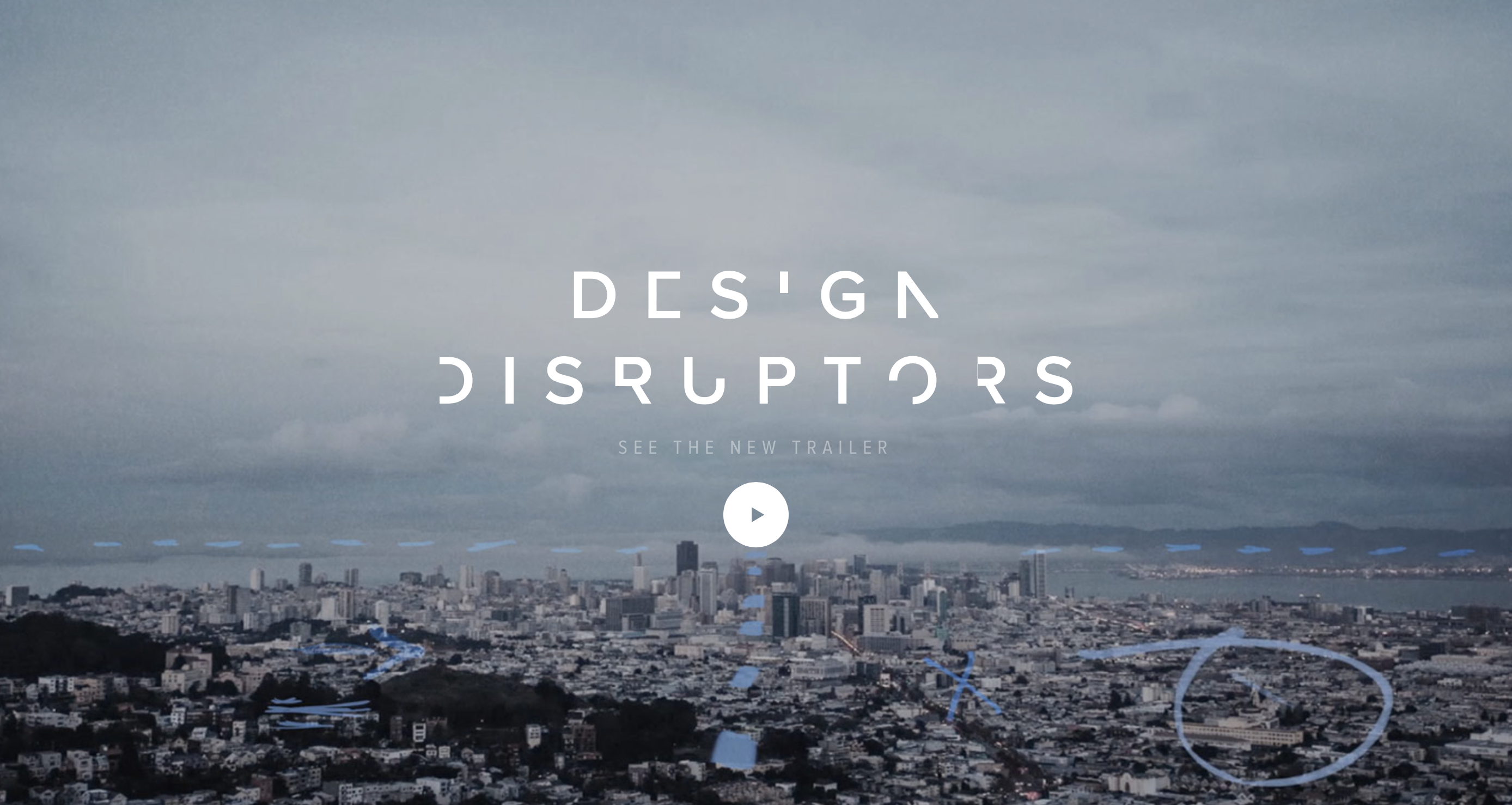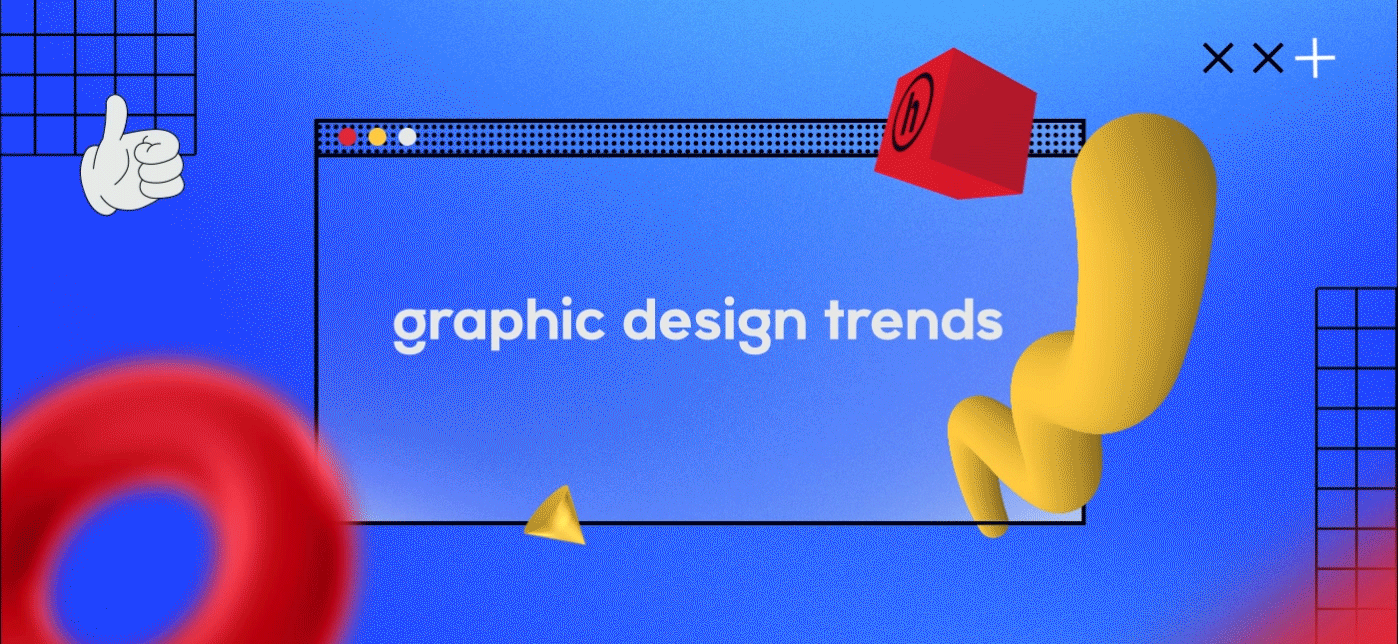“Art and design are completely different. Art is about making questions- design is about making solutions…in design, you have to make sense.”
The film Design Disruption explores the new world of design, and how today’s designers—and the world’s perception of design—are shifting approaches, methods, and philosophies to adjust to the new expectation of out-of-this-world excellence in design.
Part of the issue is that so much of the actual work and knowledge that goes into modern design is kept behind closed doors, so the world is largely unaware of all the expertise it requires—and thus design is undervalued because people view it as ‘magic’ that occurs with, say, the swoop of a digital stylus.
But there is much more to design than a pretty interface. The true beauty of design comes when something works, and works well. Beauty is surface-level and low on the totem pole in the design world—if it’s pretty now, it won’t be in a year or two, and there will be real issues if there is something fundamentally wrong.
Designers must also consider familiarity when creating new products—anything that’s too foreign runs a high risk of rejection from the public, particularly products that include a level of potentially uncomfortable social situations, like AirBnB or Uber.
Even Apple must carefully tread this line—when the first iPhone came out, people were taken aback. No keyboard? Everything on a single screen? Internet?!
And so Apple had to come up with very targeted, guiding marketing that led users to a point where they could comfortably approach the iPhone, like the ‘calamari commercial’ of 2007 that featured a simple walk-through of the phone’s main features that started with a familiar pop culture reference in The Pirates of the Caribbean.
The idea of disruption comes from a long-held tenet of designer belief—your best ideas come when you’re a little uncomfortable. We wouldn’t have beautiful design if we stayed inside comfort zones. This creed has been in operation since long before Ben Franklin stood in a rainstorm with his kite, and continues to guide creation across disciplines from technology to furniture.
Recently, however, disruption has come to find a more literal definition. Designers are seeing entire industries as being in need of a shake-up—when only a small number of people at the top are benefiting, it’s time for a disruption.
Or when they see something that everyone has become accustomed to not working as well as it could- like thermostats stuck on a wall, or subpar public transportation. These are hotspots for designers to come in and interrupt the flow and remind people that hey, things don’t need to plonk along like this- they can be great, they can be beautiful.
They just need a little disruption.
Find out more and watch the film Design Disruptors by InVision here.


